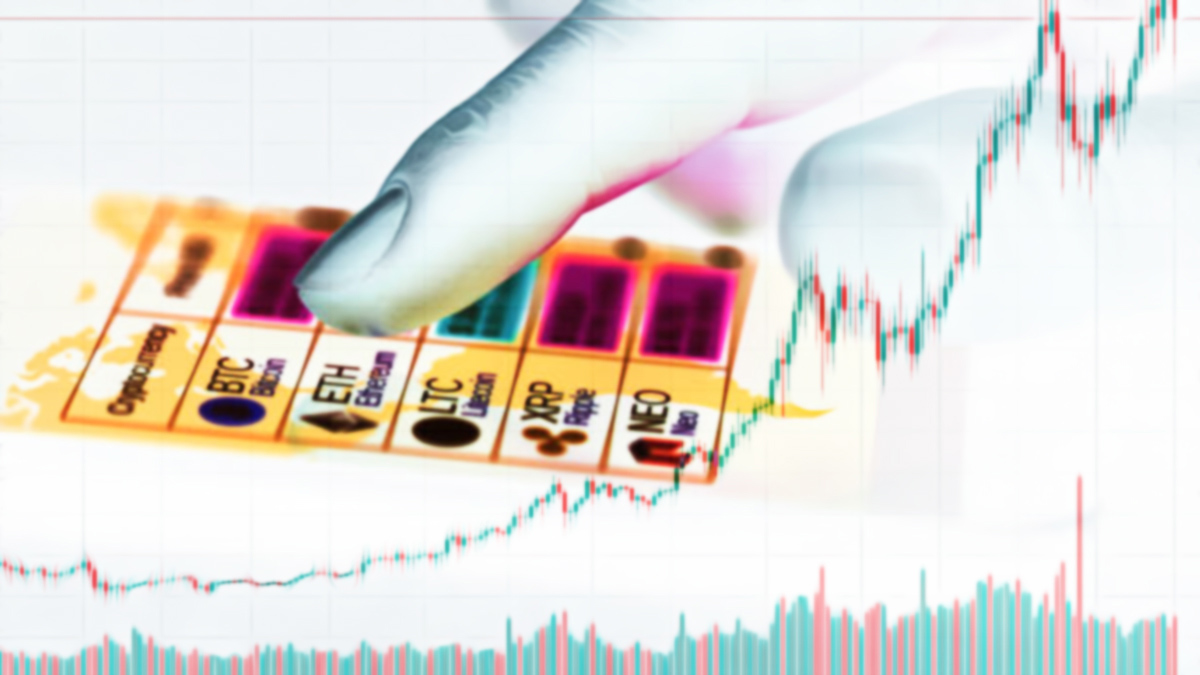In the past 24 hours, the cryptocurrency market has seen significant losses, with total market capitalization dipping below $3 trillion and over $150 billion in value lost. Bitcoin  $84,904 has dropped to around $91,000, breaching critical support levels. Similar declines have been observed in altcoins like Ethereum
$84,904 has dropped to around $91,000, breaching critical support levels. Similar declines have been observed in altcoins like Ethereum  $1,908 and Solana
$1,908 and Solana  $126, raising concerns among market participants.
$126, raising concerns among market participants.
Severe Drops in Bitcoin and Altcoins
Bitcoin has lost over 7% of its value in the last 24 hours, falling below crucial support levels. Analysts indicate that Bitcoin risks further decline, especially if the daily close does not occur above $93,700, potentially dropping to $75,600.
The altcoin market has also felt the pressure from this sharp sell-off. Ethereum has retraced from around $4,800, garnering investor attention, while Solana experienced a steep decline of up to 12%.
Decline in ETF Investments Raises Market Concerns
The cryptocurrency market’s sharp downturn has also affected ETF investments. Major financial institutions like Fidelity and BlackRock reported a withdrawal of hundreds of millions from Bitcoin funds. This amounted to a total exit of $571 million from Bitcoin investments, creating uncertainty in the ETF market and heightening trust issues among crypto investors.
Market experts highlight that such waves of selling put pressure on the market. Arthur Hayes pointed out that tightening ETF strategies might pose risk factors, while Julio Moreno noted that Bitcoin demand has dropped into negative territory, potentially exerting price pressure.
Market volatility has become more pronounced due to the actions of major financial players. Strategic moves by significant players like Citadel Securities are closely monitored. A security breach at Bybit has negatively affected investor sentiment, contributing to increased market tension.
It is crucial for investors to closely monitor market movements. Making informed decisions based on technical analysis and market data can help mitigate potential risks. The loss of current support levels may lead to additional downside risks.

 Türkçe
Türkçe Español
Español







